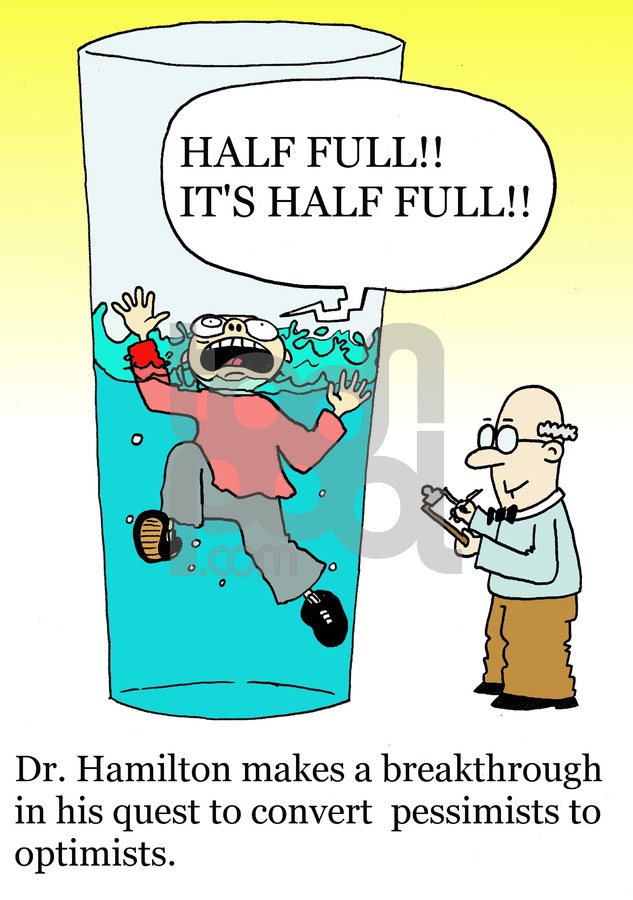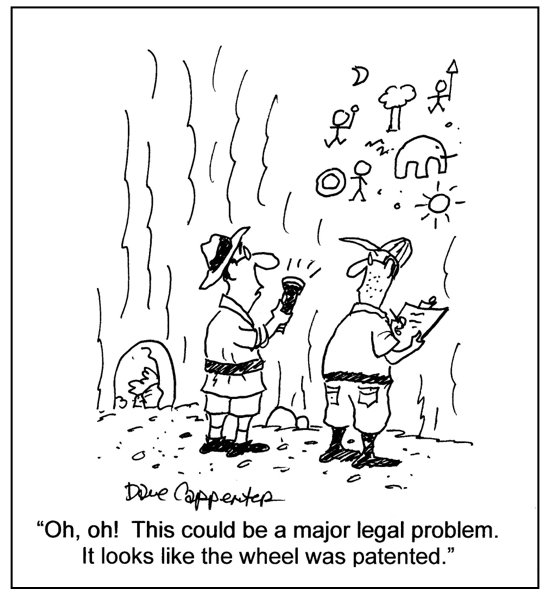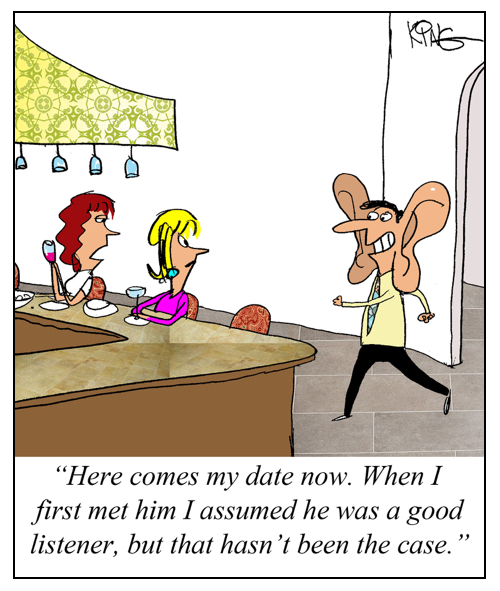 Each of us carries a word in our heart. For some of us the word is “yes.” Yes, we believe we can succeed. Yes, we can learn. Yes, we can make a difference. Others carry a “no,” with all the negative baggage that accompanies it. As leaders, we must realize which word we carry and how it enhances or inhibits our ability to lead. Martin Seligman
Each of us carries a word in our heart. For some of us the word is “yes.” Yes, we believe we can succeed. Yes, we can learn. Yes, we can make a difference. Others carry a “no,” with all the negative baggage that accompanies it. As leaders, we must realize which word we carry and how it enhances or inhibits our ability to lead. Martin Seligman
Do you know individuals whose default response in life always seems to be “no”? Regardless of the situation, their first impulse is negative. These people are difficult to be with; they exhaust me; I avoid them.
A typical conversation with these doomsayers may sound like this:
- Can we have some friends over for dinner this weekend? – No
- Can we talk about taking a vacation this summer? – No
- Can you have the report done by Thursday? – No
- Can you help with the kids tomorrow? – No
Compare and contrast these pessimistic, energy-sucking people with those who have a proclivity toward “yes.” Even when they need to decline, they have a positive way of saying “no.”
- Can we have some friends over for dinner this weekend? That is a great idea. I’ve had an exhausting week; perhaps we could do it another time.
- Can we talk about taking a vacation this summer? Sure, when would you like to talk?
- Can you have the report done by Thursday? I’m having an unusually busy week. Will Friday be okay?
- Can you help with the kids tomorrow? I know you must be exhausted having been with them all day today. I’d love to watch them in the morning; I’ve got an appointment in the afternoon that I can’t miss. Would it be helpful for me to watch them for the first part of the day?
Relative to this topic, there are two critical questions for you to answer:
- Which word do you carry in your heart: yes or no? You may not know the answer to this question. To get an accurate answer, ask several people who know you well and who will speak truth to you.
- How can we deal with “carriers of no”? If they are people that you can choose whether or not to be around, avoid them. If not, try to work around them; don’t let their negativity influence you. Like water running off a duck’s back, don’t let their statements find purchase in your life. Increasingly minimize the amount of control they have on your life. (Or, anonymously send them this post along with the message, “You REALLY need to read this.” But, they’re likely to say…)
Fortunately, your inclination toward either “no” or “yes” is a choice. It’s not imbedded in your DNA. It’s not a fixed trait. You can choose. If you’re deeply entrenched in the negative persuasion, choose to change. Behavioral modification is difficult but doable. It will take time. You’ll need the help of others. Start by saying “yes” to the challenge to change.
[reminder]What are your thoughts about this essay?[/reminder]
[callout]Lead Well 2-day workshop – September 21-22, 2016 in the DFW metroplex. Two intense days of life- and career-enhancing training. More information at learntoleadwell.com[/callout]

 Most everything I’ve done I’ve copied from someone else. Sam Walton
Most everything I’ve done I’ve copied from someone else. Sam Walton
